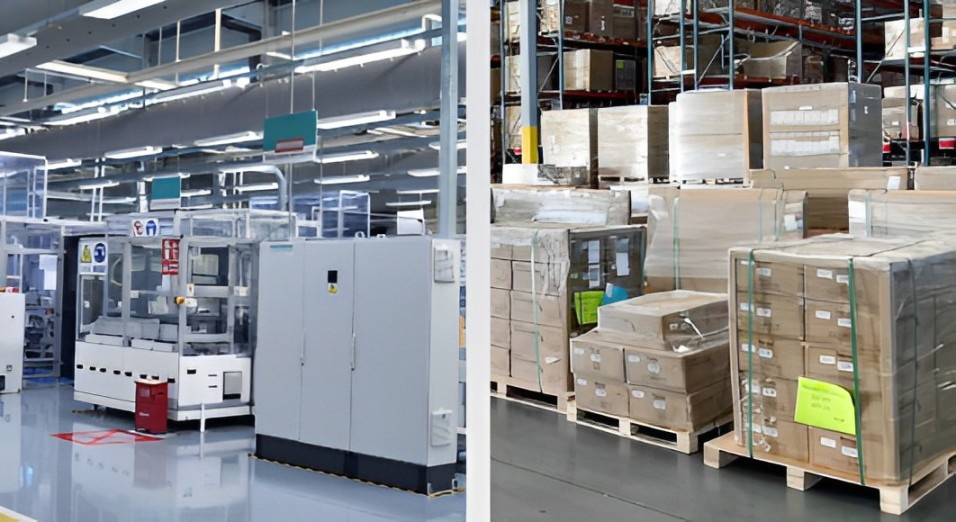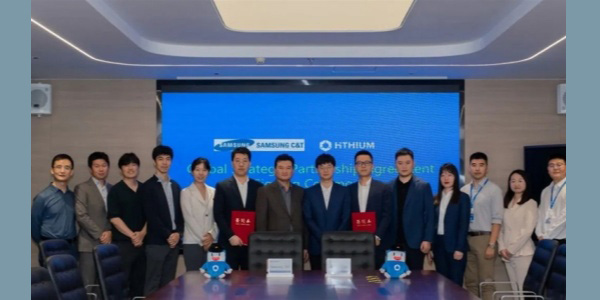Optimizing the LiFePO4 Battery Life: Key Factors and Maintenance Tips for Long-Lasting Performance
The LiFePO4 Battery is an advanced type of lithium-ion battery that has gained significant attention in recent years. These batteries use lithium iron phosphate as the cathode material, which distinguishes them from traditional lithium-ion batteries. The unique chemical composition of LiFePO4 batteries provides more stable and safer energy storage solutions, making them increasingly popular in various applications.
LiFePO4 batteries offer excellent stability, long cycle life, and enhanced safety features. They maintain consistent voltage output throughout the discharge cycle and can withstand thousands of charge and discharge cycles without significant performance degradation. In this article, we will explore the lifespan of LiFePO4 batteries and the factors that affect it, as well as provide recommendations for extending their lifespan to ensure better performance of your LiFePO4 batteries.
Types of LiFePO4 Batteries
LiFePO4 batteries come in various types, each designed to meet the specific requirements of different applications. Typically, these batteries include the following types:
· Cylindrical batteries (18650 batteries and 26650 batteries)
· Prismatic batteries
· Pouch cells
What Constitutes the Life Cycle of a LiFePO4 Battery?

A cycle starts when your battery is fully charged to 100%. From there, you use it until the charge reaches 0%, and then recharge it to 100%. This is considered one full cycle. So, how long can a LiFePO4 battery last, or what is its life cycle? With proper maintenance, the typical lifespan of a LiFePO4 battery can range from 5 to 10 years. Depending on operating conditions, this may equate to 2,500 to 9,000 charge cycles, far exceeding the values achievable by other battery chemistries. Under favorable conditions and with proper care, the lifespan can be further extended—up to 10,000 cycles or more. Other advantages of LiFePO4 batteries include low cost, low toxicity, enhanced safety features, and good electrochemical performance. It's important to note that the actual number of cycles may vary depending on factors such as depth of discharge, charging methods, and operating conditions.
Factors Affecting Lithium Iron Phosphate Battery Life
Even for these durable batteries, several key factors can significantly influence their longevity and performance over time. Understanding these factors can help users to optimize the lifetime of their LiFePO4 batteries:
1. Temperature: As with all batteries, extreme temperatures, whether too high or too low, can exert a marked impact on LiFePO4 battery operation and lifespan. Despite the intrinsic stability of LiFePO4 batteries relative to other battery types, very hot environments can accelerate chemical reactions that lead to degradation, whereas very cold conditions can increase the internal resistance and damage battery components. Although the precise temperature limits depend on the battery manufacturer and model, a typical range for LiFePO4 batteries may extend from −10 to 60 degrees Celsius (14 to 140 degrees Fahrenheit) before major capacity loss occurs.
2. Depth of discharge (DoD): The depth of discharge refers to how much of the battery’s capacity is used before it is next recharged, expressed as a percentage of total capacity. For instance, a DoD of 80% means that 80% of the battery’s energy has been consumed and only 20% remains. Regularly discharging a battery to high DoD values can diminish its lifespan. Therefore, maintaining low to moderate DoD values during the daily use of a LiFePO4 battery can effectively prolong its operational life.
3. Charge/discharge rates: The lifespan of LiFePO4 batteries is significantly influenced by the charge and discharge rates. Excessively rapid charging or discharging can stress the battery, leading to heat generation and faster degradation. Thus, using the battery within the limits recommended by the manufacturer can help extend its longevity.
4. Battery quality: Last but certainly not least, the quality of the LiFePO4 battery itself is a major determinant of expected lifespan. Not all LiFePO4 batteries are created equal, and differences in manufacturing processes, materials, and quality control can all lead to variations in performance and durability. Higher-quality batteries are likely to utilize superior electrode materials and built-in battery management systems, thereby enhancing battery safety and lifespan. Consequently, investing in high-quality LiFePO4 batteries from reputable manufacturers may cost more upfront but translate into longer-lasting and more reliable performance over time.
How to Extend the Life of New LiFePO4 Batteries
The experts at EnergyX have listed several methods to maximize the lifespan of LiFePO4 batteries. With years of experience, EnergyX is an online store for purchasing high-quality LiFePO4 batteries. Therefore, trust our experts' advice and keep these tips in mind to ensure optimal performance of your LiFePO4 battery.

1. To reduce stress on the battery cells, maintain a moderate Depth of Discharge (DoD), typically around 20-80%.
2. It is highly recommended that you first read the manufacturer’s charging guidelines. After reading carefully, adhere to the recommended charging voltages to avoid overcharging or undercharging.
3. Keep LiFePO4 batteries within ideal temperature between 0°C to 45°C) to prevent accelerated degradation.
4. Avoid rapid charging and discharging to preserve battery health over time.
5. If you’re storing a LiFePO4 battery at some place for a long time, ensure it is 50% charged. This helps mitigate capacity loss and extends lifespan.
6. Ensure you purchase a high-quality LiFePO4 battery from a reliable provider.
Frequently Asked Questions (FAQs)
Q-1. What is the lifespan of a LiFePO4 battery?
Ans: On average, a LiFePO4 battery lasts 6-10 years. However, the lifespan of LiFePO4 batteries largely depends on various factors such as temperature management, Depth of Discharge (DoD), Cycle Life, and proper Maintenance.
Q-2. Can LiFePO4 batteries last 20 years?
Ans: Typically, LifePO4 batteries have a lifespan of 6-10 years, even if you take proper care of them. One in a thousand LiFePO4 batteries will last 20 years, but even if you take proper care of them, it is not possible for a LiFePO4 battery to last at least 20 years.
Q-3. Who provides the longest-lasting and highest-quality LiFePO4 batteries?
Ans: EnergyX offers highly durable and long-lasting LiFePO4 batteries. Our product range includes 48V and 24V LiFePO4 batteries. With over a decade of experience, EnergyX is a leading store for lithium and LiFePO4 products. Therefore, you can trust our batteries.

